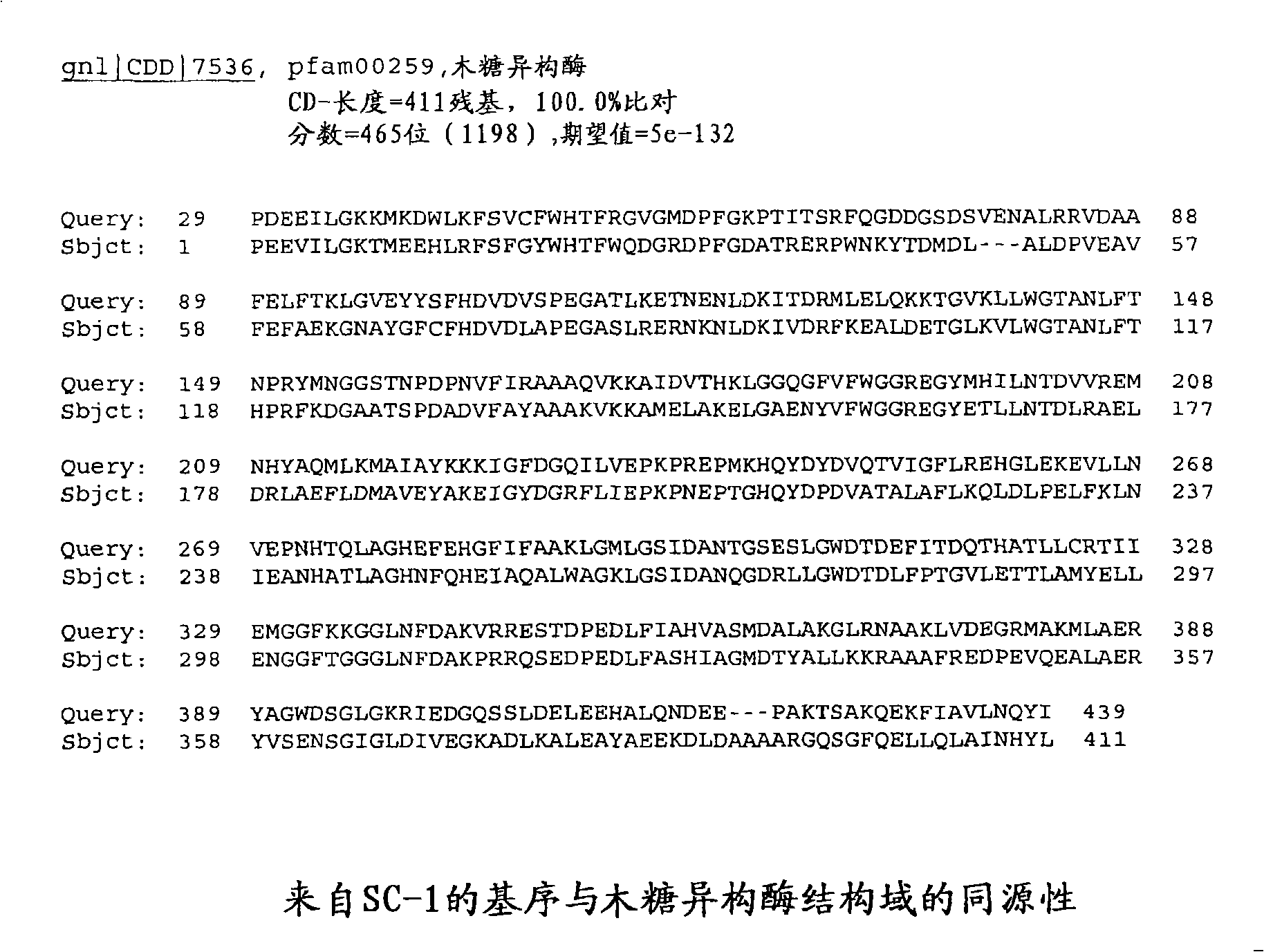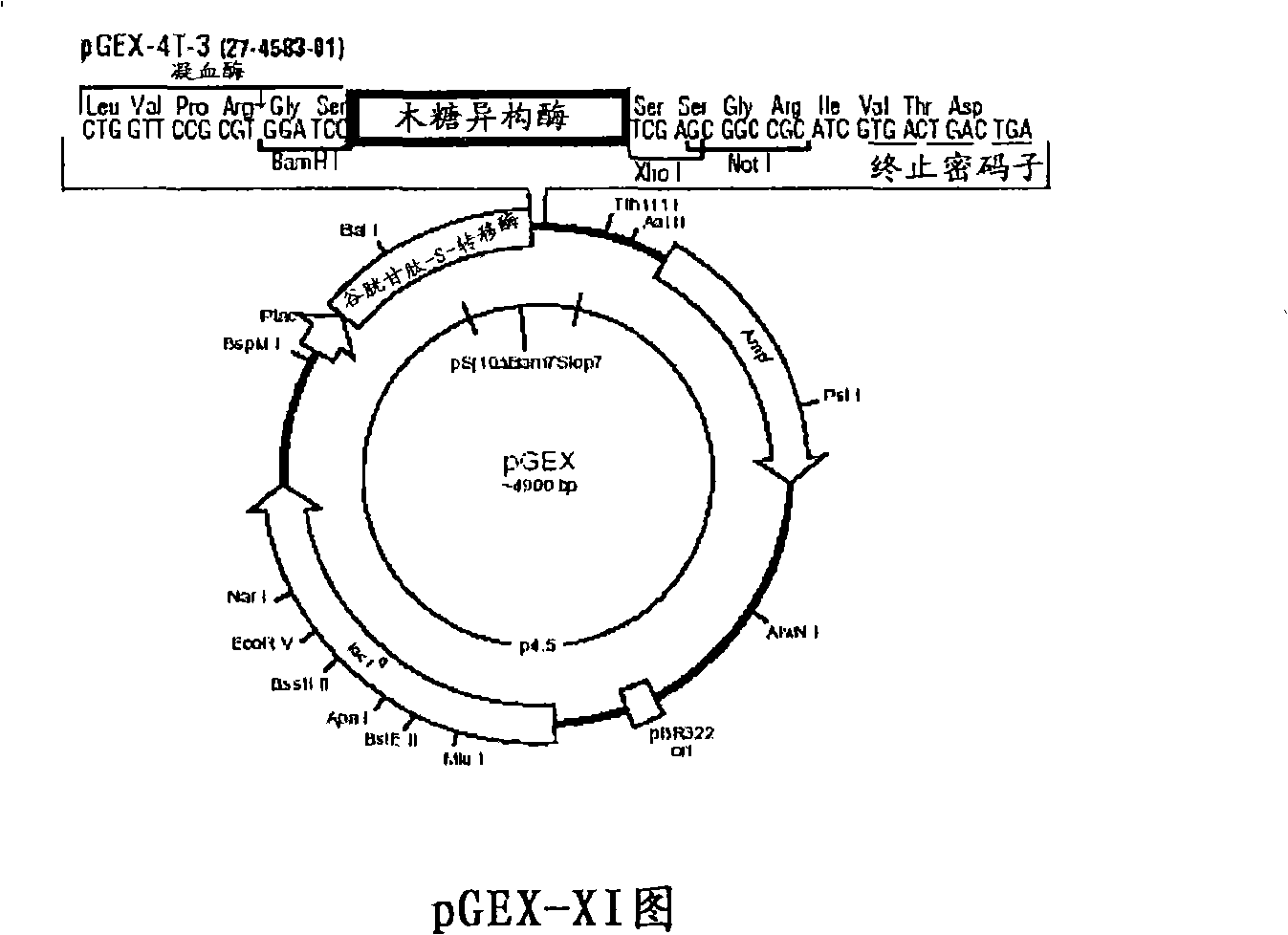Novel effective conversion method of helianthus and oil plant seed based on positive selection
A sunflower and seed technology, applied in botany equipment and methods, biochemical equipment and methods, genetic engineering, etc., can solve the problems of antibiotic resistance genes, death of transformed cells, cutting off the nutrient supply of transformed cells, etc.
- Summary
- Abstract
- Description
- Claims
- Application Information
AI Technical Summary
Problems solved by technology
Method used
Image
Examples
Embodiment
[0043] Example: 1 Clone xylose isomerase from Thraustochytrid strain SC-1.
[0044] Total RNA was isolated from a three day old culture of Schizochytrium SC-1 (Thraustochytrid isolated from stagnant water in Goa). cDNA was synthesized from mRNA using Superscript RNase (GibcoBRL). The cDNA was cloned into the NotI-SalI sites of the pSPORT1 vector and transformed into E. coli DH10B.
[0045] The primary cDNA library consisted of 2 × 10 6 clones constituted, and the amplified library had a titer of 2×10 10 clones / ml. EST clones were randomly picked and the insert was amplified with SP6 and T7 primers. The 5' ends of 2000 cDNA clones were randomly selected and sequenced with T7 primers. 5' end sequencing of clones from the cDNA library of SC-1 led to the identification of a 1.5 kb cDNA clone encoding a 1511 bp full-length xylose isomerase (xylA) cDNA with a 158 bp 5' UTR and a 30 bp 3' UTR. This clone has an ORF of 1481 bp.
[0046] The sequence of the CDS is shown in SEQ I...
PUM
 Login to View More
Login to View More Abstract
Description
Claims
Application Information
 Login to View More
Login to View More - R&D
- Intellectual Property
- Life Sciences
- Materials
- Tech Scout
- Unparalleled Data Quality
- Higher Quality Content
- 60% Fewer Hallucinations
Browse by: Latest US Patents, China's latest patents, Technical Efficacy Thesaurus, Application Domain, Technology Topic, Popular Technical Reports.
© 2025 PatSnap. All rights reserved.Legal|Privacy policy|Modern Slavery Act Transparency Statement|Sitemap|About US| Contact US: help@patsnap.com



